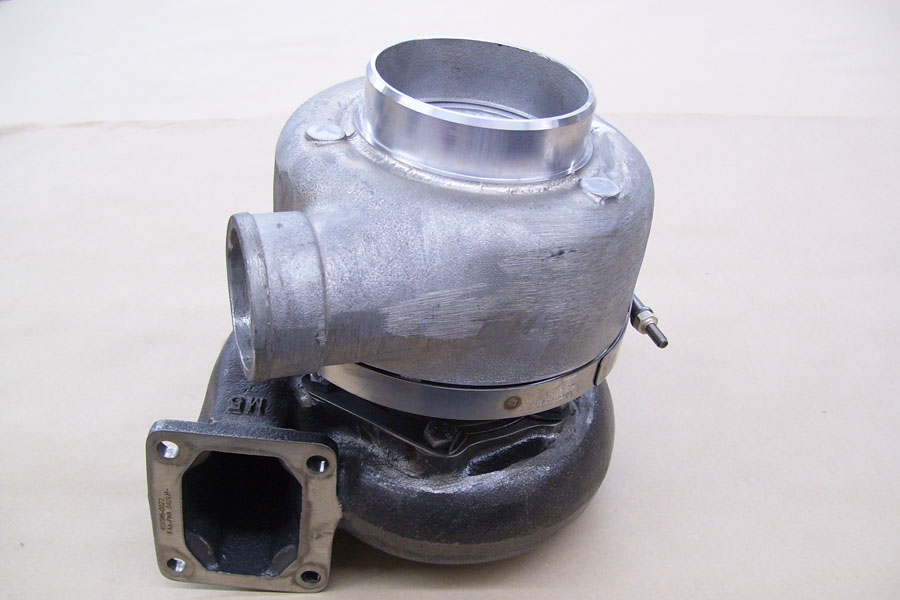No. (I have a Mooney Ovation, which would happily go 700 miles nonstop and have three hours of fuel remaining when I got there.)
To get this anywhere close to my personal risk profile, the amount of money I would have to spend on survival equipment would eat up any difference in fuel and then some, and the amount of time I'd have to spend planning would more than eat up the difference in travel time. Plus, I've found some excellent adventures at the places I've stopped on the way to somewhere else. Who knows that I might discover near the Gulf coast of Mexico? If nothing else, I could visit
@rwellner98 at his pad in Mexico on the way!

Yes. And if you're at gross, you just took off.
The twin isn't necessarily the magic bullet - You'll need to calculate how far you can go with the extra drag and lost power of single-engine flight, and consider failure modes that may keep you from using all of the fuel you have on board - I'd love to hear whether
@James_Dean would have done it in his 310 (or the Conquest, for that matter). So it's not something where you can just launch without thinking about it simply because you have an extra engine.
A twin is absolutely better than a single. With a single, you're going in the water right now, cursing your awesome mechanic and all the dollars you spent on the fancy factory reman engine that just failed the whole way down. Well maintained is certainly necessary for this kind of trip, but well-maintained stuff still fails.
Also, it's not so much about the chances of something happening as it is about what happens afterwards in the event something DOES happen. About 13 years ago, a plane that I had logged some time in went into Lake Michigan, about 5 miles off shore. ATC had gotten a hold of the Coast Guard and they were in the water before the plane went in, the pilot was a competitive swimmer, he ditched successfully (they know because he was able to call 911 from his cell phone and talk to them for a few minutes before the plane sank) and he did not make it.
As a result, I have a protocol that I created for myself when flying over Lake Michigan. Yes, that is something I do in my airplane. But I won't even fly my plane over the widest part of the lake, and that's only 70nm, not 700.
It's still not the same. Even if you have a raft with all the survival gear and food, you have a finite quantity of time for someone to find you. If you have all the survival gear (which is less, IMO!) on land, you have a chance to make use of the local flora and fauna to create an indefinite supply of shelter and food.
And they called him "Lucky Lindy" for a reason. Many others attempted the same and perished.
CAPS/BRS doesn't give you much. The plane is still going in the water, and at that point you're in the same pickle you would be without CAPS.
In fact, I'm not sure if I'd pop the chute if I had one, if I know I'm for sure going into water. You come down pretty freaking hard even on land, where you have the landing gear absorbing most of the shock of the landing. The Cessna test pilot who rode one of the Skycatchers down under the chute had some broken bones and dislocated ribs, and again, that was on land! The guy who rode his Cirrus into the Potomac after experiencing a seizure had a couple of crushed vertebrae. Etc etc... Meanwhile, the record for plain old ditchings, where you "land" the plane on the water, is very good.
Wow. That guy was super lucky - Not only that he went in relatively uninjured, but that the USCG was already there before he went in and a cruise ship picked him up about a half hour later.
I'm surprised by how fast the plane went in, though - One minute flat from initial impact until it rolled over and went down. I guess he didn't have as much air in his tanks as some other ditchings.

I fly a TBM 900 for work. I'd at least start to think about it, but I'm not sure I would do it even with that... And we already own the raft and throw it in back for our overwater legs (mostly Lake Michigan). You're still in a massive area of the planet, and you are tiny. And oceans have currents that move you from where you initially activated your PLB... Etc.
All I know is that dying alone in the middle of the Gulf is not how I want to go.


